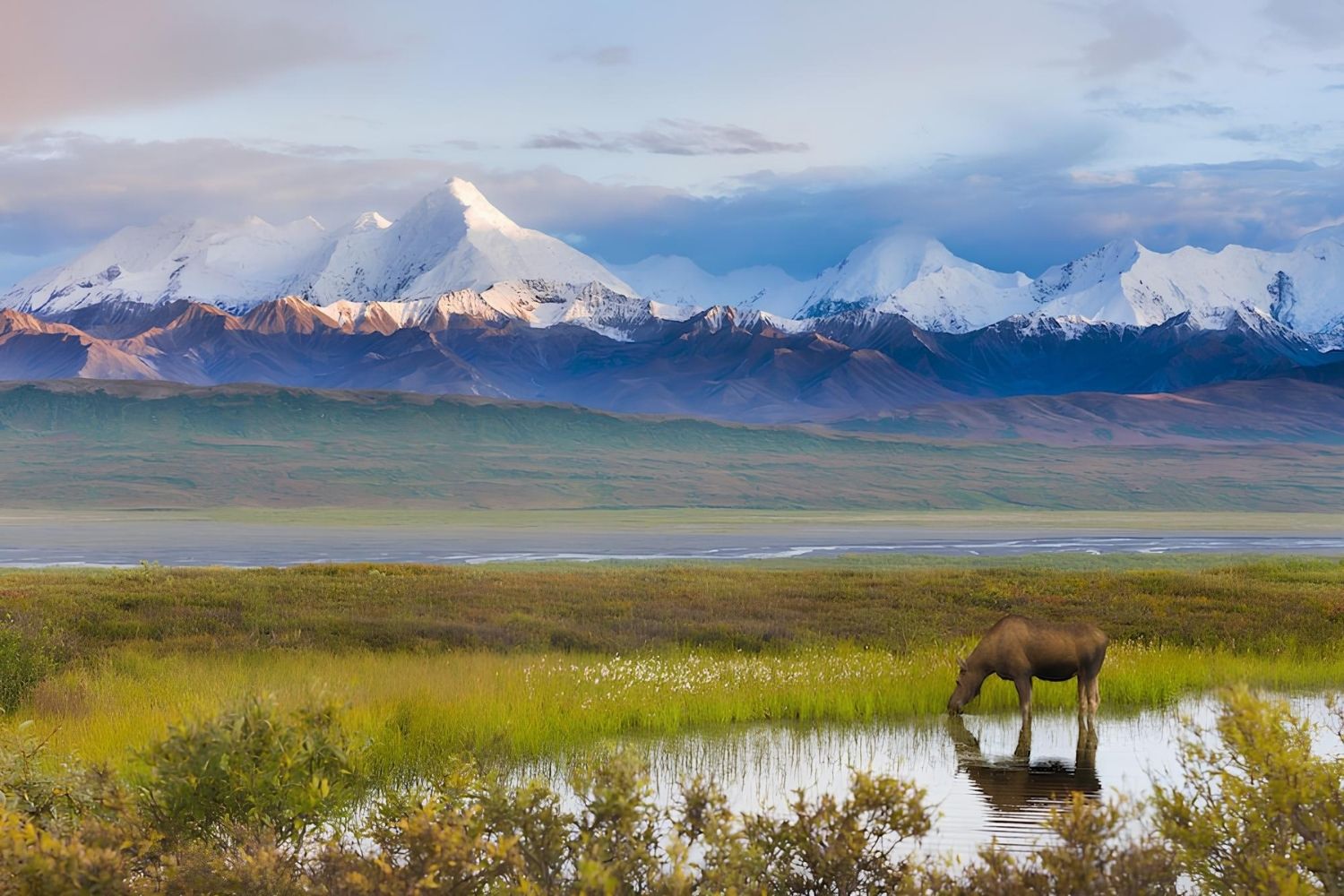Hidden Ice Age Forests Beneath The Alaskan Tundra

Imagine walking across the vast Alaskan tundra, feeling the crunch of permafrost underfoot. Beneath this frozen landscape lies a secret waiting to be revealed: hidden Ice Age forests. These ancient woodlands, preserved for thousands of years, offer a glimpse into a world long gone. Scientists have discovered trees, plants, and even animal remains that tell stories of a time when mammoths roamed and the climate was vastly different. Exploring these Ice Age forests not only uncovers the past but also helps us understand how our planet has changed. Ready to learn more about these frozen time capsules? Let's dig in!
Unveiling the Hidden Ice Age Forests
Beneath the vast, frozen expanse of the Alaskan tundra lies a secret world waiting to be uncovered. These hidden Ice Age forests, preserved in time, offer a glimpse into a prehistoric landscape. Let's journey through some of the most fascinating spots where these ancient forests can be found.
1. Mendenhall Glacier
Mendenhall Glacier, located near Juneau, Alaska, is a stunning natural wonder. As the glacier retreats, it reveals ancient tree stumps and logs, remnants of a forest that thrived thousands of years ago.
- Location: Near Juneau, Alaska
- What to See: Ancient tree stumps, logs, and glacial ice
- Best Time to Visit: Late spring to early fall
2. Fairbanks Permafrost Tunnel
The Fairbanks Permafrost Tunnel offers a unique opportunity to explore the frozen ground of Alaska. This tunnel, dug into the permafrost, exposes ancient plant material and tree roots, providing a window into the Ice Age.
- Location: Fairbanks, Alaska
- What to See: Ancient plant material, tree roots, and permafrost layers
- Best Time to Visit: Year-round, with guided tours available
3. Yukon Flats National Wildlife Refuge
Yukon Flats National Wildlife Refuge is a remote and pristine area in Alaska. Here, the melting permafrost reveals ancient forests, with well-preserved tree stumps and logs emerging from the ground.
- Location: Central Alaska
- What to See: Ancient tree stumps, logs, and diverse wildlife
- Best Time to Visit: Summer months for easier access
4. Bering Land Bridge National Preserve
Bering Land Bridge National Preserve is a place of great historical significance. During the Ice Age, this area connected Asia and North America. As the ice recedes, ancient forests and plant material become visible, telling the story of a land bridge that once existed.
- Location: Northwestern Alaska
- What to See: Ancient forests, plant material, and historical artifacts
- Best Time to Visit: Late spring to early fall
5. Wrangell-St. Elias National Park
Wrangell-St. Elias National Park, the largest national park in the United States, is home to some of the most breathtaking landscapes. Hidden beneath its glaciers are remnants of ancient forests, preserved for millennia.
- Location: Southeastern Alaska
- What to See: Ancient tree remnants, glaciers, and stunning mountain views
- Best Time to Visit: Summer months for optimal weather
6. Kenai Fjords National Park
Kenai Fjords National Park, known for its dramatic fjords and glaciers, also hides ancient forests beneath its icy surface. As the glaciers retreat, they reveal tree stumps and logs from a bygone era.
- Location: Southcentral Alaska
- What to See: Ancient tree stumps, logs, and glacial landscapes
- Best Time to Visit: Late spring to early fall
7. Gates of the Arctic National Park
Gates of the Arctic National Park, located in the Brooks Range, is one of the most remote and untouched areas in Alaska. Here, the melting permafrost reveals ancient forests, offering a glimpse into the past.
- Location: Northern Alaska
- What to See: Ancient tree stumps, logs, and pristine wilderness
- Best Time to Visit: Summer months for easier access
8. Glacier Bay National Park
Glacier Bay National Park, a UNESCO World Heritage Site, is renowned for its stunning glaciers and marine life. Beneath the ice, ancient forests lie hidden, waiting to be discovered as the glaciers continue to retreat.
- Location: Southeastern Alaska
- What to See: Ancient tree remnants, glaciers, and diverse wildlife
- Best Time to Visit: Late spring to early fall
The Magic of Alaska's Ice Age Forests
Alaska's hidden Ice Age forests offer a glimpse into a world long gone. These ancient woodlands, buried beneath the tundra, tell stories of a time when the climate was vastly different. Exploring these forests can feel like stepping back in time, revealing secrets of Earth's past. The preserved trees and plants provide valuable information for scientists studying climate change and ancient ecosystems. For adventurers and nature lovers, visiting these sites is a unique experience, blending history with natural beauty. The Alaskan tundra holds more than just ice and snow; it hides a rich, green past waiting to be discovered. Whether you're a scientist, a history buff, or just curious, these hidden forests are a reminder of nature's resilience and the ever-changing face of our planet. Alaska's Ice Age forests are a testament to the enduring power of nature.

